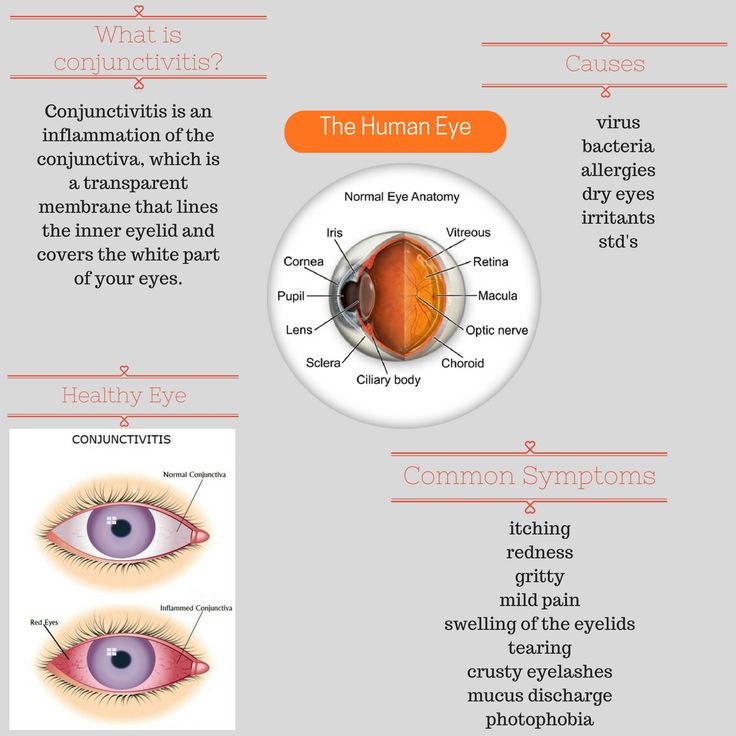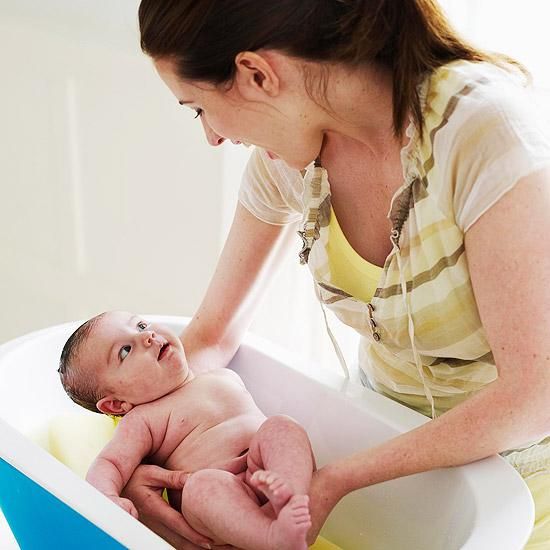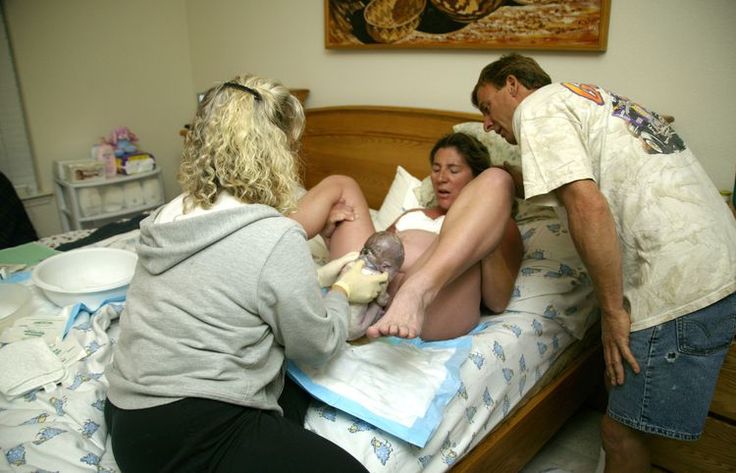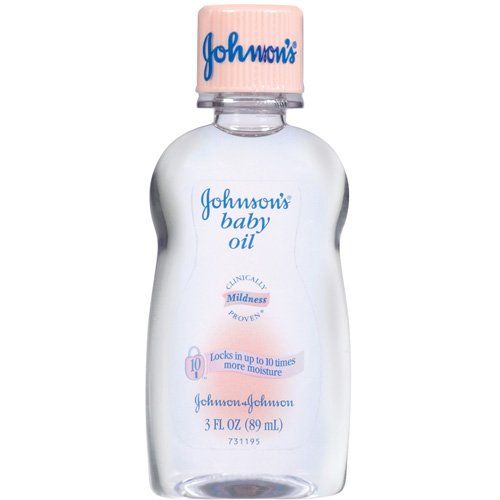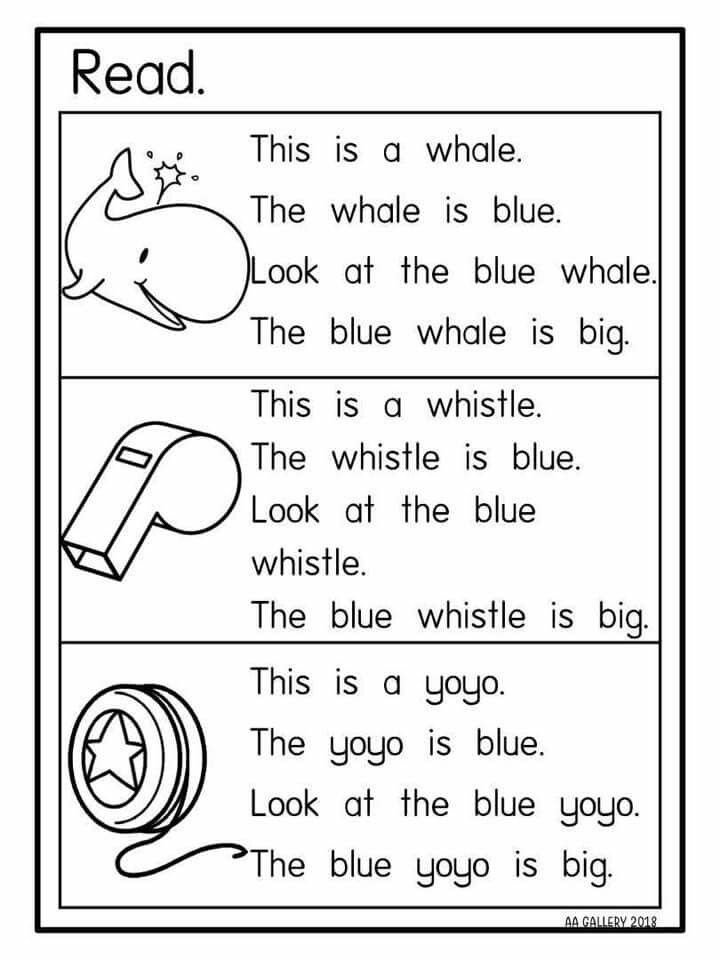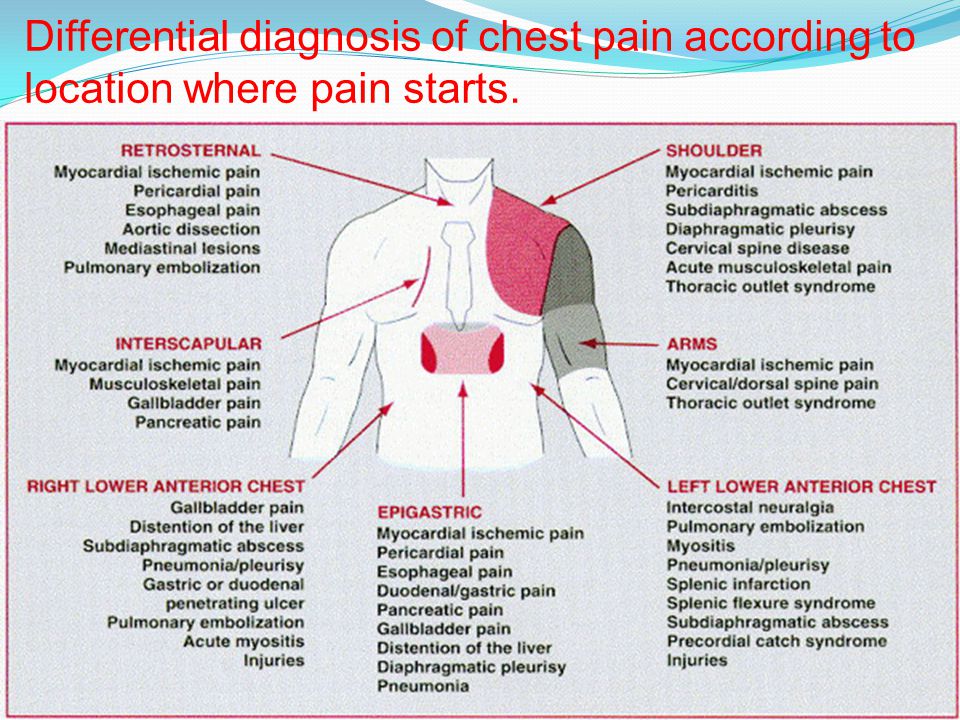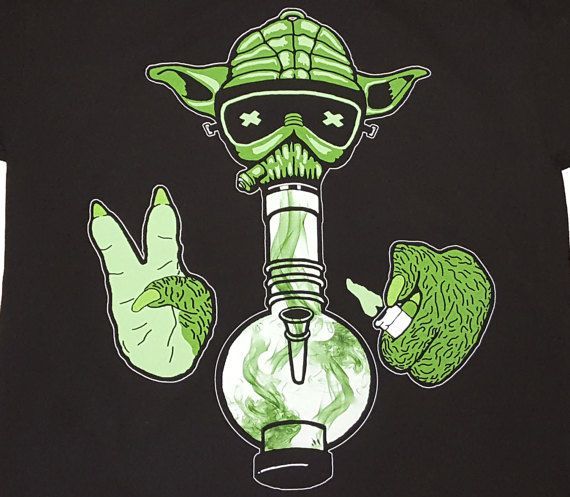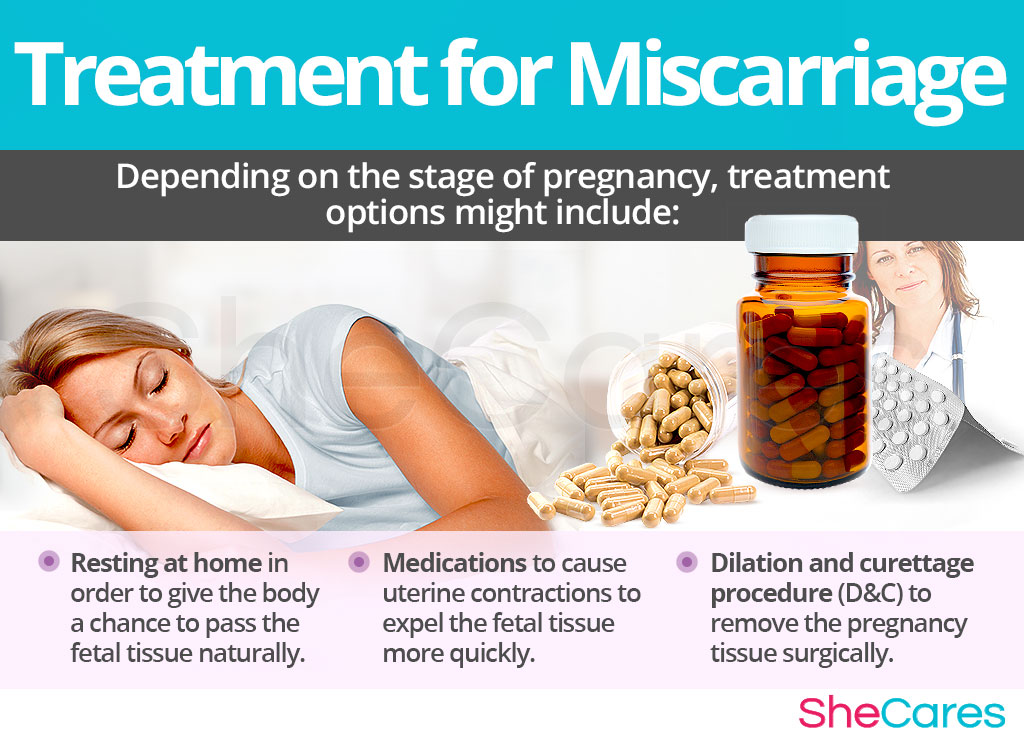Crusty eye in newborn
Is My Baby’s Eye Discharge Normal?
Written by Nicole Blades
In this Article
- What’s Normal?
- When It’s Conjunctivitis
- When Treatment Is Needed
As the parent of a newborn, nothing beats staring lovingly into your sweet little bundle’s eyes. (Well, watching your baby sleeping soundly comes pretty close!) But what if when you look into your child’s eyes, you see that they have goopy, sticky discharge? Is it something to be concerned about?
What’s Normal?
First of all, take a breath, because sticky eye discharge in newborns is very common. If the white part of your baby’s eye -- the sclera -- is clear and there is no redness, but there is discharge, it’s most likely a blocked tear duct.
About 1 in 5 babies are born with tear ducts that haven’t fully developed. The blockage is usually in one eye but can be in both. It often clears up on its own. A warm compress can help, but if it lasts a long time, it might need surgery.
When It’s Conjunctivitis
Since a newborn hasn’t been around that long -- under 2 months -- it’s not common for them to get a lot of viral infections. But sometimes their clogged tear duct can lead to an infection such as conjunctivitis.
This happens when there is inflammation of the thin layer of tissue (conjunctiva) that covers the sclera. Symptoms are similar to the sticky, watery eyes that come with a blocked tear duct. But with conjunctivitis, there is more swelling, tenderness, and redness of the eye area, and the whites of the eye will be pink or red. Your baby’s eyelid might be red, sticky, and itchy, and the discharge takes on a yellowish color. Also, their eyes might be more watery than usual. The infection often starts in one eye and spreads to the other.
Chemical conjunctivitis can happen when eye drops and ointments, typically used on newborns at birth to help prevent infection, actually cause the irritation. It can show up as mildly red eyes and some puffiness in the eyelids.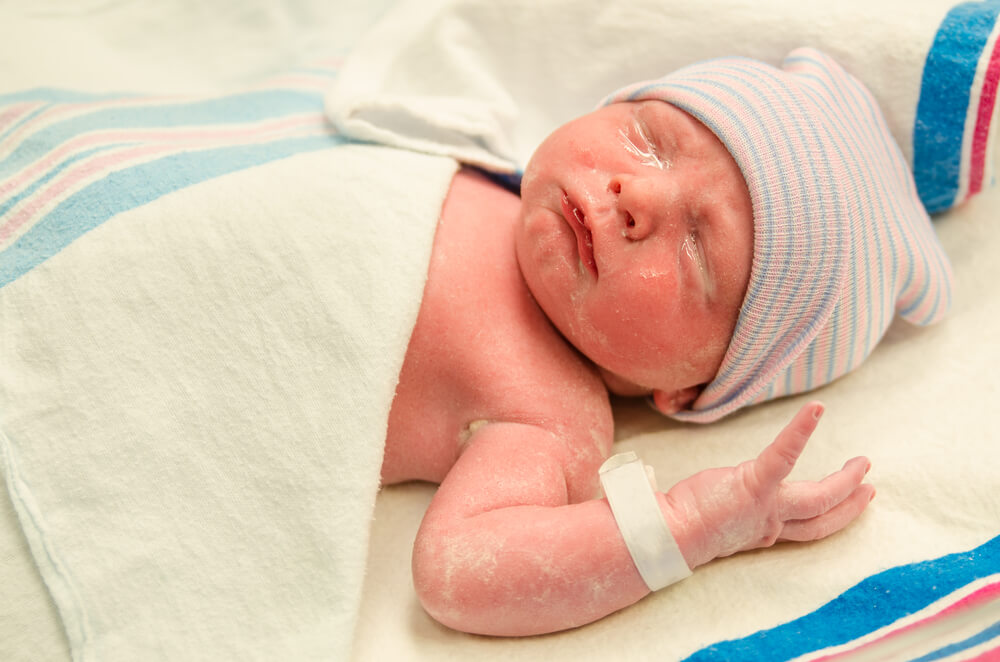
It’s rare, but red, angry, itchy eyes with swollen eyelids and discharging pus could mean ophthalmia neonatorum (ON).This is a bacterial infection that can happen during childbirth if the baby passes through a birth canal infected with chlamydia. The symptoms usually show up 5-12 days after birth. Among newborns with ON, half also have the infection other areas of their bodies.
Call the doctor if the baby has a fever and:
- Your baby cannot open their eyes or you cannot see the eye
- The area is tender to touch and the skin around the eye is red
- There is a lot of eye discharge
These may be signs of a bacterial infection of the sclera.
When Treatment Is Needed
Doctors usually recommend a wait-and-see approach, as this issue often clears up on its own. You can also apply a warm compress to the bothered eye.
If the tear duct is still blocked and the eye discharge continues up to the baby’s first birthday, you should see your child’s doctor. They may refer you to a pediatric eye specialist, as it may need surgery.
They may refer you to a pediatric eye specialist, as it may need surgery.
To treat conjunctivitis caused by the blocked tear duct, try a gentle warm massage with your clean hand between your baby’s eye and nasal area. For chemical conjunctivitis, the symptoms usually only last for 1-3 days after birth, so no treatment is needed. And if it’s ON, doctors usually treat that with oral antibiotics.
Is it normal and how to treat it?
Eye discharge is common in newborns and typically occurs due to a blocked tear duct. However, parents and caregivers can often treat this at home.
Eye discharge is typically harmless and self-resolving. However, discharge that occurs alongside other symptoms in the eye area, such as swelling or tenderness, could indicate an infection or another eye problem. A parent or caregiver of a newborn with these symptoms will need to consult a doctor.
This article discusses how common eye discharge is and explains how to treat it at home. We also cover medical treatment, other causes, complications, and when to contact a doctor.
Eye discharge in newborns is common and rarely a cause for concern. A common cause of eye discharge is a blocked tear duct.
According to the American Academy of Ophthalmology, almost 20% of newborns have a blocked tear duct. This condition can occur because the end of the tear duct does not open properly when the baby is born.
Tears form in the lacrimal gland, which sits just above the eye. Tear fluid helps clean and lubricate the surface of the eye. When a person blinks, the eyelids sweep the tear fluid into these ducts, which drain it into the nose.
If something blocks a tear duct, fluid may no longer be able to drain away from the eye’s surface. Blockages can cause very watery eyes, and sticky discharge may form in the corners.
Learn more about blocked tear ducts.
Blocked tear ducts are a common cause of eye discharge in infants. However, other conditions and factors can also cause discharge.
Conjunctivitis
Eye discharge in newborns can also be a sign of conjunctivitis or pinkeye.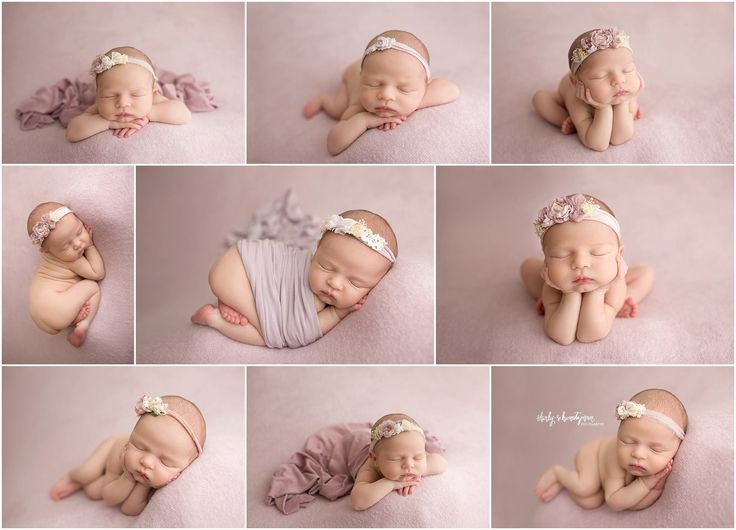 Conjunctivitis is an inflammation of the conjunctiva, a thin membrane that protects the front of the eye. Unlike a blocked tear duct, conjunctivitis often causes the white part of the eye to appear red.
Conjunctivitis is an inflammation of the conjunctiva, a thin membrane that protects the front of the eye. Unlike a blocked tear duct, conjunctivitis often causes the white part of the eye to appear red.
Symptoms of conjunctivitis in newborns can include:
- drainage or discharge that develops between 5 and 12 days after birth
- puffy or tender eyelids, often with skin discoloration
- red, irritated eyes
Conjunctivitis in newborns can sometimes occur alongside a blocked tear duct. However, a pregnant person can also pass on a bacterial or viral infection to their baby when giving birth, leading to conjunctivitis.
Learn more about the symptoms of eye infections.
Chemical irritation
Chemical irritation can also cause conjunctivitis in newborns. Healthcare professionals often give antibacterial eye drops to newborns to prevent infections. These eye drops can sometimes cause irritation that can result in conjunctivitis symptoms.
Learn more about eye irritation.
If the eye discharge is due to a blocked tear duct, it will usually resolve without treatment within 4–6 months.
However, wind, cold weather, and strong sunlight can also worsen symptoms, so a parent or caregiver should aim to protect a newborn’s eyes from these elements.
Clearing discharge
A parent or caregiver can often treat a newborn with a blocked tear duct at home. Before touching the area close to the child’s eyes, it is essential to wash the hands with soap and warm water to prevent infections. A person should also take care to rinse the hands thoroughly after cleaning them to avoid getting soap in the baby’s eye.
To clear away discharge, dip a clean piece of gauze or soft cloth in some lukewarm water, then gently wipe the corner of the eye. If a blocked tear duct affects both eyes, always use a new area of the cloth or gauze to clean the other eye.
Tearduct massage
A doctor may also recommend gently massaging the blocked tear duct to help it open, and they will demonstrate how to do this safely.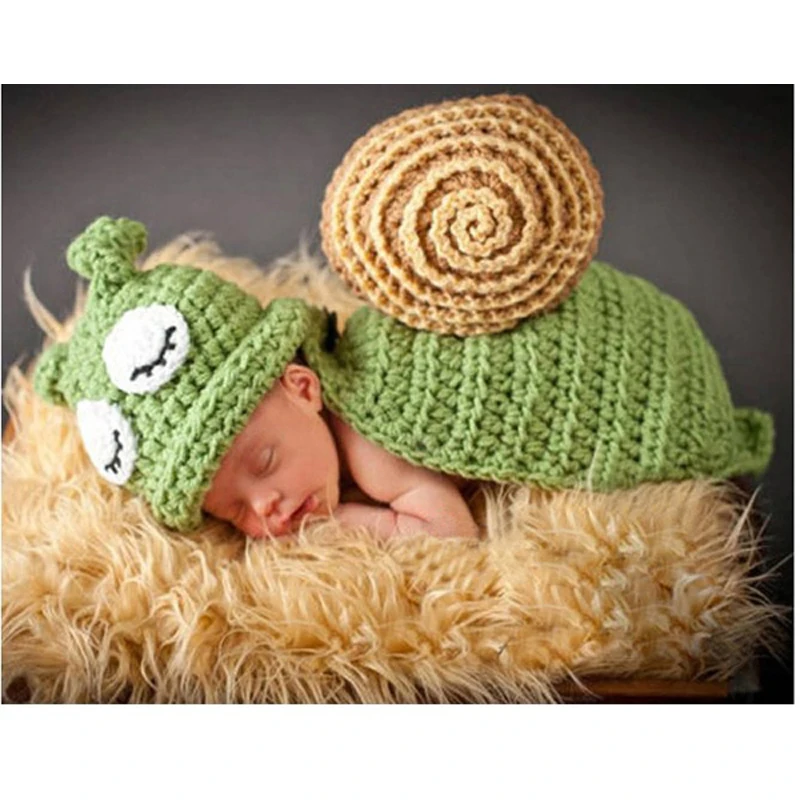
To massage the tear duct:
- Lightly press the tip of the index finger against the inside bridge of the newborn’s nose, on the side of the blocked tear duct.
- Make 2 or 3 short downward strokes with the finger along the side of the nose. These should be gentle but firm.
- Perform the massage twice a day — once in the morning and once in the evening.
If the side of the newborn’s nose becomes red or swollen, stop the massage immediately and contact a doctor.
In newborns, blocked tear ducts tend to open up within several months of birth. However, medical intervention may be necessary in some cases.
Surgery
If the blockage has not gone away by the baby is 1 year of age, a doctor may recommend a medical treatment called a nasolacrimal duct probing.
This procedure involves inserting a small probe into the infant’s tear duct. By using probes that gradually increase in size, a doctor will be able to open up the tear duct. They will then use a saline solution to flush out any remaining debris.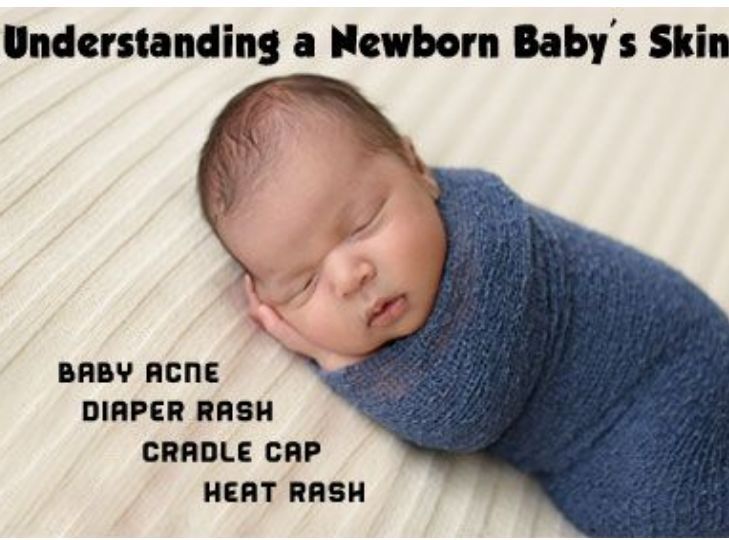
Sometimes, the doctor may also insert a small tube, or stent, into the duct to keep it open.
Probing is usually successful in opening the tear duct. For children with a severe blockage, a doctor may recommend a more complicated surgical procedure called a dacryocystorhinostomy to clear out and open the tear duct.
Antibiotics
If an infection is causing eye discharge, the newborn will need prompt medical attention. To treat cases of infectious discharge, a doctor may prescribe topical, oral, or intravenous antibiotics.
Blocked tear ducts can sometimes lead to an infection called dacryocystitis. Symptoms of this condition may include:
- excessive thick discharge from the eye
- redness in the corner of the eye
- a tender bump or swelling at the side of the nose
- fever
If a newborn has any of these symptoms, a parent or caregiver should consult a doctor.
Newborns with eye discharge or very watery eyes should speak with a pediatrician or an eye doctor specializing in children, called a pediatric ophthalmologist. These healthcare professionals can diagnose the cause of the discharge and check for signs of infection.
These healthcare professionals can diagnose the cause of the discharge and check for signs of infection.
Parents or caregivers should seek medical attention if an infant’s eye discharge persists for more than 6 months.
Newborns with signs of an eye infection require immediate medical attention. Signs of an eye infection can include:
- sore or puffy eyes
- swollen eyelids
- yellow or green pus or discharge
- a bump or swelling on the inside corner of the eye
If a parent or caregiver notices any of these symptoms, they should contact a doctor immediately.
Eye discharge in newborns is common and often results from a blocked tear duct. The blockage will usually clear up by itself within 4 to 6 months.
However, newborns with eye redness, eye discharge, or excessive watering of the eyes should speak with a doctor to diagnose the cause and rule out an eye infection.
Parents and caregivers can treat a baby with a blocked tear duct at home by wiping away any discharge and gently massaging the area twice a day.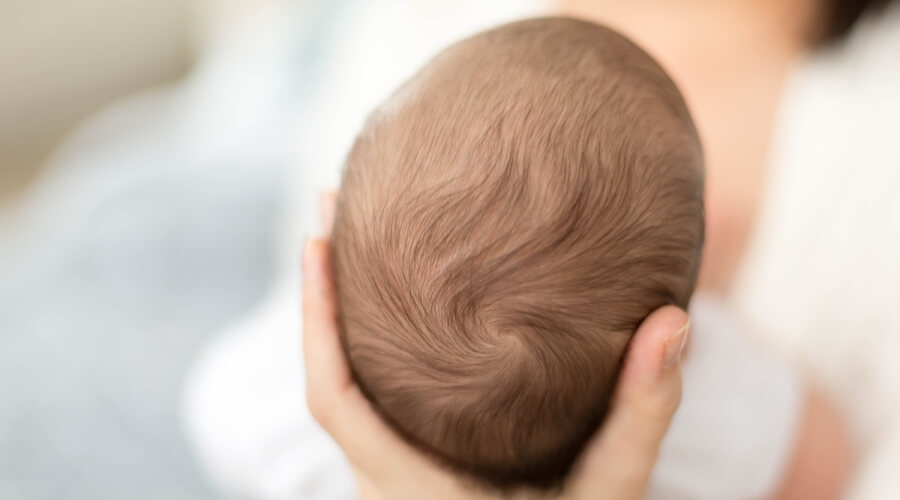 A doctor can demonstrate how to do this.
A doctor can demonstrate how to do this.
Discoloration, swelling, or soreness in the eye can indicate an eye infection. Speak with a doctor immediately if an infant has these signs.
Tips for proper eye hygiene in a newborn baby ᐈ zakon.kz
from open sources
Newborn babies have a lot of scabs or crusts in the eye area because they produce a lot of mucin, a mucous fluid that serves to moisten the eye.
The eyes are a very sensitive organ and therefore must be taken care of with great care. In babies, the skin is much thinner, since there is very little adipose tissue and subcutaneous fat, so special hygiene rules must be observed. Good eye hygiene can prevent the development of future eye infections.
Newborn babies tend to have a lot of scabs or scabs around their eyes because they produce a lot of mucin, a mucous fluid that keeps the eye moist.
Since newborns sleep for a long period of time, which contributes to the formation of residual fluid around the eyes. When this substance dries, crusts form on the outside of the eyes and on the eyelids.
In addition, these secretions and lack of tear drainage contribute to eye infections. This is why it is important to maintain good eye hygiene in newborn babies.
How do I properly clean my child's eyes?
Here are some tips on keeping your eyelids and eyes clean:
• It's important to wash your hands thoroughly with soap and water before starting to avoid infections in your baby's eyes.
• Never wash your child's eyes with your hand, cotton pad, tissue or paper tissue. Always use a sterile item.
• Never open a newborn's eyelids without moistening first.
• Hygiene should be carried out with a sterile wet wipe or gauze to soften crusts, making them easier to remove. Never rub or remove crusts dry as this could damage your child's eye.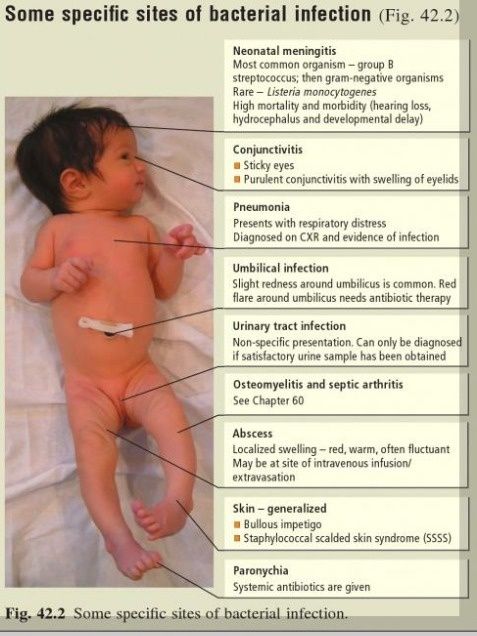
• Use sterile saline and, if possible, single doses to moisten the gauze. In the absence of saline, you can use warm boiled water.
• Chamomile or other decoctions should not be used to cleanse a child's eyes as it is not a sterile product and may cause allergies or infections.
• The eye is always cleaned from the inner corner to the outer corner, as this helps to remove residual fluid from the eye.
• The child should preferably lie on their back.
• It is recommended to clean the eyes a couple of times a day: after waking up, that is, when there is more fluid accumulation, and after taking a bath, as the crusts soften and are removed more easily.
Important things to look out for
If a child develops a large number of crusts and persistent or heavy greenish or yellow discharge, it is recommended to contact a pediatric ophthalmologist to check if the child has a tear duct obstruction.
In addition, if the child has swollen or red eyes with profuse discharge, you should also see an ophthalmologist to check for any eye infection.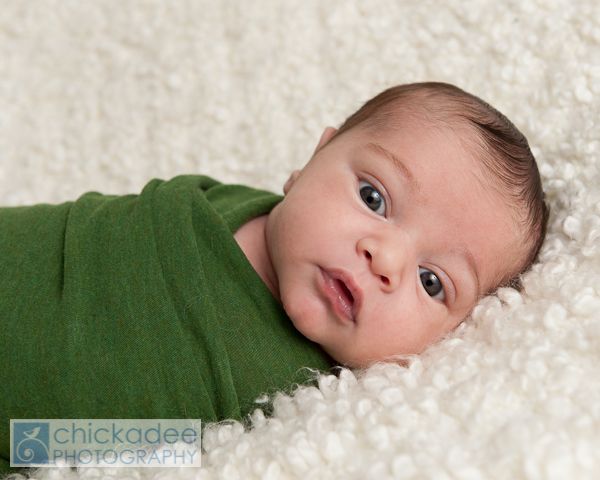
Come to the Kazakh Research Institute of Eye Diseases for diagnostics at the address: Almaty, Tole bi street, 95a (corner of Baitursynov street).
Phone: +7 (775) 007 01 00; +7 (727) 279 54 36
Read also
Simulated outbreak of especially dangerous infection eliminated during CSTO exercises
The main garage of the country: counting money, revealing secrets
Confession of a militant: how to start life from scratch
Treatment of dacryocystitis in newborns: drops, massage
Dacryocystitis can develop in both adults and children. But most often, mothers are faced with dacryocystitis of newborns, in the first months of life (most often by the end of the second month, when the lacrimal glands begin to work). It can be unilateral or bilateral, but more often only one eye is affected. What is it, and how to defeat neonatal dacryocystitis - Anastasia Petukhova, pediatric ophthalmologist of the Health Territory.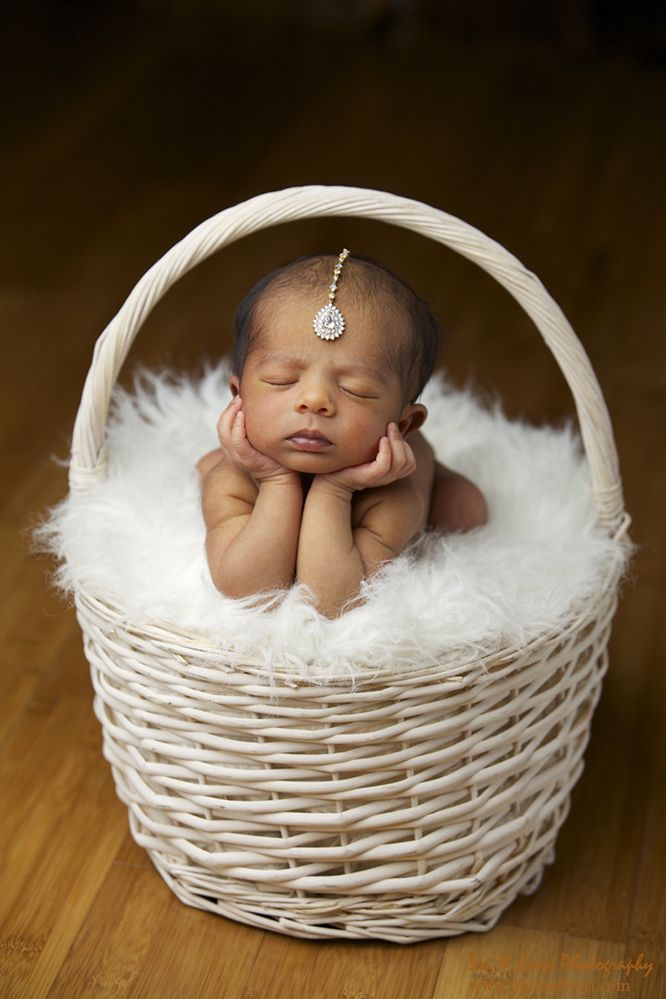
During intrauterine development, the lumen of the lacrimal canal is filled with a muco-gelatinous mass, and the exit is covered with a membrane (it is needed so that the infection from the amniotic fluid does not enter the lungs). By the time of birth, the membrane should develop back or burst from the first breath of the newborn. In practice, this does not always happen, it happens that in some children it does not break through, but resolves itself by about the 14th day of life.
If this did not happen, then due to inflammatory processes in the nasal cavity, its paranasal sinuses or due to congenital narrowing, the canal becomes blocked. Blockage contributes to the delay in the outflow of tear fluid and the development of pathogenic microbes, which leads to inflammation and stretching of the lacrimal sac. This is the disease dacryocystitis (but the diagnosis should be made by a pediatric ophthalmologist).
Symptoms of dacryocystitis
1. Lachrymation.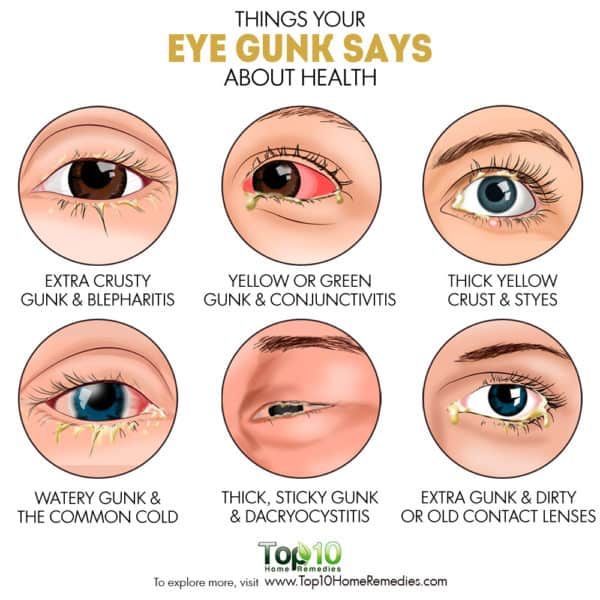
2. Purulent crusts from the eye (especially after sleep).
3. Swelling and redness of the skin near the lacrimal sac (when pressed on it, mucous or purulent fluid is released from the lacrimal puncta).
4. If the inflammatory process spreads beyond the lacrimal sac, if left untreated, phlegmon may develop - a serious disease, especially for a newborn. Symptoms of phlegmon of the lacrimal sac:
- severe swelling in the region of the lacrimal sac at the inner edge of the eyelids,
- high temperature,
- leukocytosis, elevated ESR (according to KLA)
5. With a long course of dacryocystitis and no treatment, keratitis may develop. Keratitis is an inflammation of the cornea with subsequent formation of ulcers on its surface.
The danger of dacryocystitis also lies in the fact that a permanent reservoir of pus, which in such cases is the lacrimal sac, is a chronic threat to the cornea of the eye, in which purulent corneal ulcers can occur with dacryocystitis.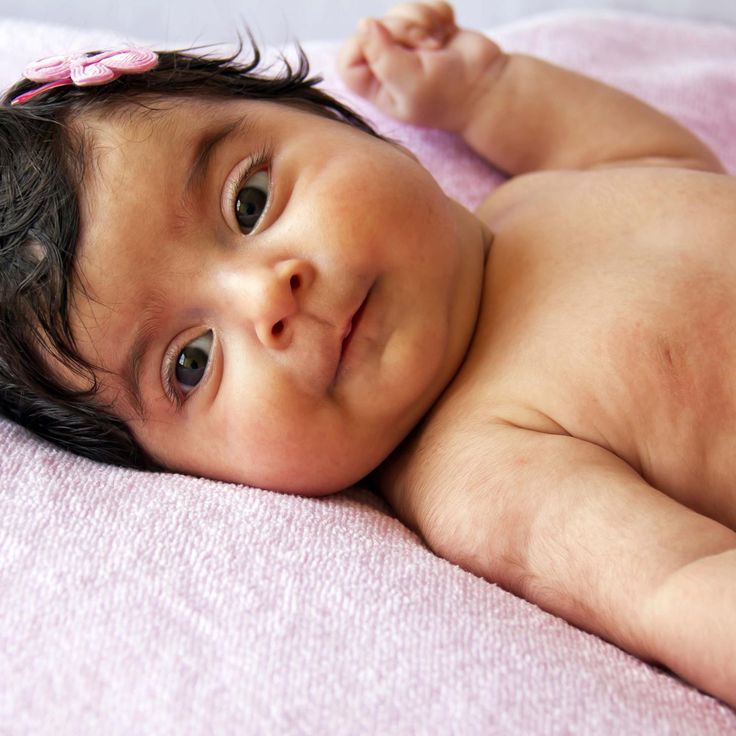
Treatment of dacryocystitis should begin as soon as the diagnosis is made. Treatment of neonatal dacryocystitis can be:
- conservative (lacrimal canal massage, eye antiseptic)
- surgical (probing with irrigation of the lacrimal canal)
How to properly massage the nasolacrimal canal of a newborn baby:
- First, mothers need to wash their hands! The body of a newborn is still very weak, as it has not acquired its own immunity, accustomed to sitting behind mother's protection inside the womb. Therefore, any infection is easily caught by the baby and transformed into a new disease.
- Mom's nails should be cut short!!!!
- Use a cotton pad to remove any discharge and crusts that have formed after sleep.
- It is also necessary to wash the nose before the massage. To do this, it is necessary to drip drops based on sea water into both nasal passages, then remove all the boogers with cotton turundas. Only now, when the eyes and nose are clean, you can start the massage.

- It is done by soft touches of the pad of the index finger in the direction from the inner corner of the eye, located near the nose, moving strictly from top to bottom. The movements should be jerky, but the finger should not slide over the baby's skin, it should remain in place! Pressure is created inside, which breaks through the embryonic film. Enough 6-10 movements up and down. Attention! It is necessary to massage the lacrimal ducts strictly, from top to bottom !!!
- This massage should be done at least 5-6 times a day for at least two weeks, before feeding. It is best to start the massage when the baby is crying. At this moment, his tubules are tense, so the breakthrough of the film will be painless. But the older the child becomes, the more painfully the film breaks. After 3-7 days, the film will resolve or break through, and there will be no consequences from dacryocystitis.
After the massage, and not in any way instead of it, you need to drip drops with disinfectant properties (those prescribed by the doctor!).